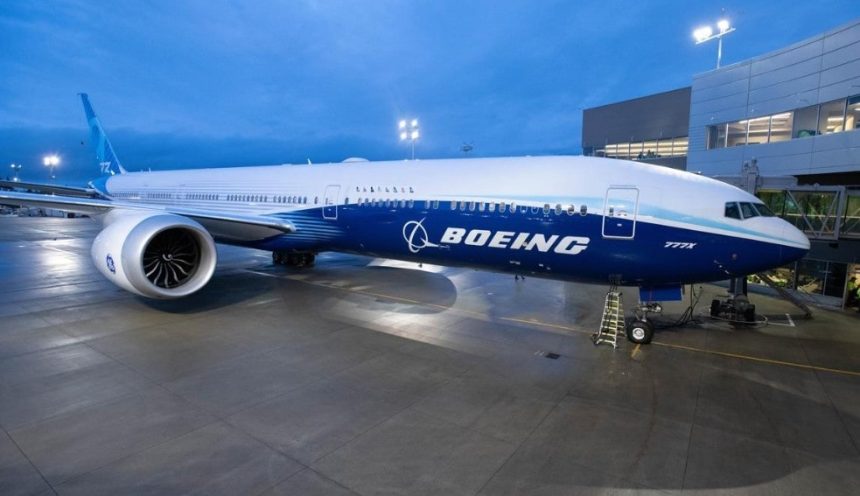Air India Boeing crash: UK Raised Alarm Over Fuel Switches Weeks Before Ahmedabad Incident
Just a month before the Air India Boeing crash in Ahmedabad, UK aviation authorities had raised red flags about a critical aircraft component — the fuel control switches — on several Boeing jets.
On 15 May, the UK Civil Aviation Authority (CAA) issued a safety notice instructing operators of five Boeing models, including the 787 Dreamliner, to assess their aircraft in light of a fresh directive from the US Federal Aviation Administration (FAA).
The FAA had flagged a potential fault in the fuel shutoff valve actuators.
“The FAA has issued an Airworthiness Directive (AD) addressing a potential unsafe condition affecting fuel shutoff valves installed on the following Boeing aircraft: B737, B757, B767, B777, B787,” the CAA notice stated.
As a precaution, the CAA urged airlines to immediately inspect, test, or replace the affected components. Daily checks were ordered for aircraft with known issues, especially those tied to the FAA directive.
That warning now takes on new weight following the crash of the Air India Boeing 787-8, which went down just minutes after takeoff from Ahmedabad.
The Aircraft Accident Investigation Bureau (AAIB) of India released a preliminary report revealing a chilling detail — both engines lost power when fuel control switches moved abruptly to “CUTOFF” mode, severing the fuel supply mid-air.
This unexpected switch-off proved catastrophic. No official cause has been declared yet. But the coincidence between the UK warning and the AAIB findings has prompted questions about whether the alert was fully heeded across fleets.
Meanwhile, Air India CEO Campbell Wilson addressed the matter internally, reassuring employees that there was no evidence of any mechanical or maintenance lapse.
“The Aircraft Accident Investigation Bureau’s (AAIB) preliminary report on the plane crash found no mechanical or maintenance issues,” Wilson stated in a private communication.
He further confirmed that all required checks had been completed and that fuel quality met required standards. The flight crew had also cleared pre-flight alcohol tests, and no anomalies were reported during takeoff.
“There was no problem with the quality of fuel and no abnormality during the take-off roll,” he said.
In light of the incident, parallels are being drawn with previous safety issues Boeing has faced, particularly the 737 MAX crashes that shook global confidence in the aircraft maker.
An in-depth report on the Boeing 737 MAX disaster and regulatory lapses explains how flawed systems and missed warnings led to tragedy, raising concerns that resonate again today.
As the investigation deepens, scrutiny now turns to whether broader aviation protocols were followed closely enough — and if this tragedy could have been prevented.
The spotlight remains firmly on the fuel control system. The global aviation community is watching closely.






